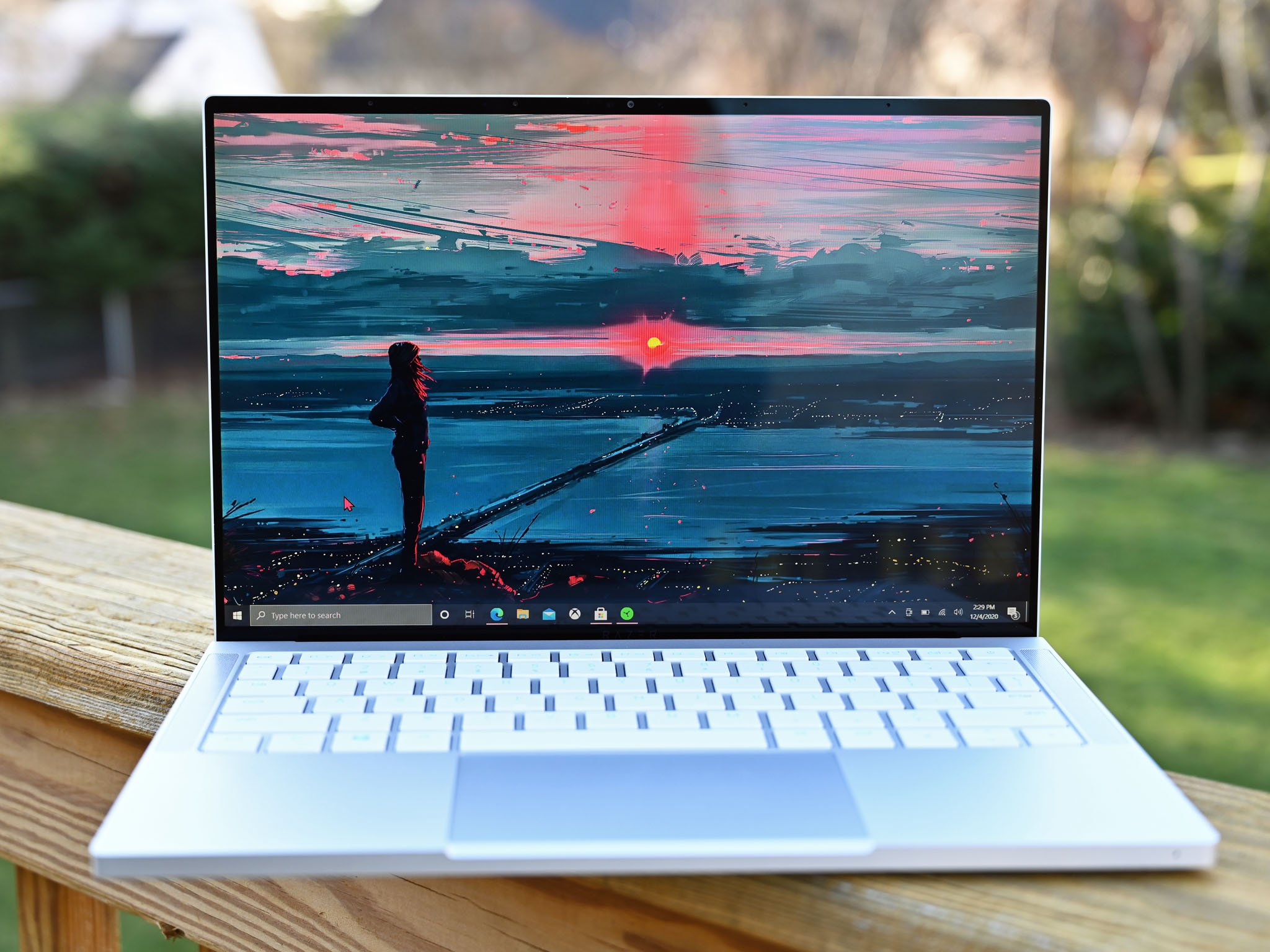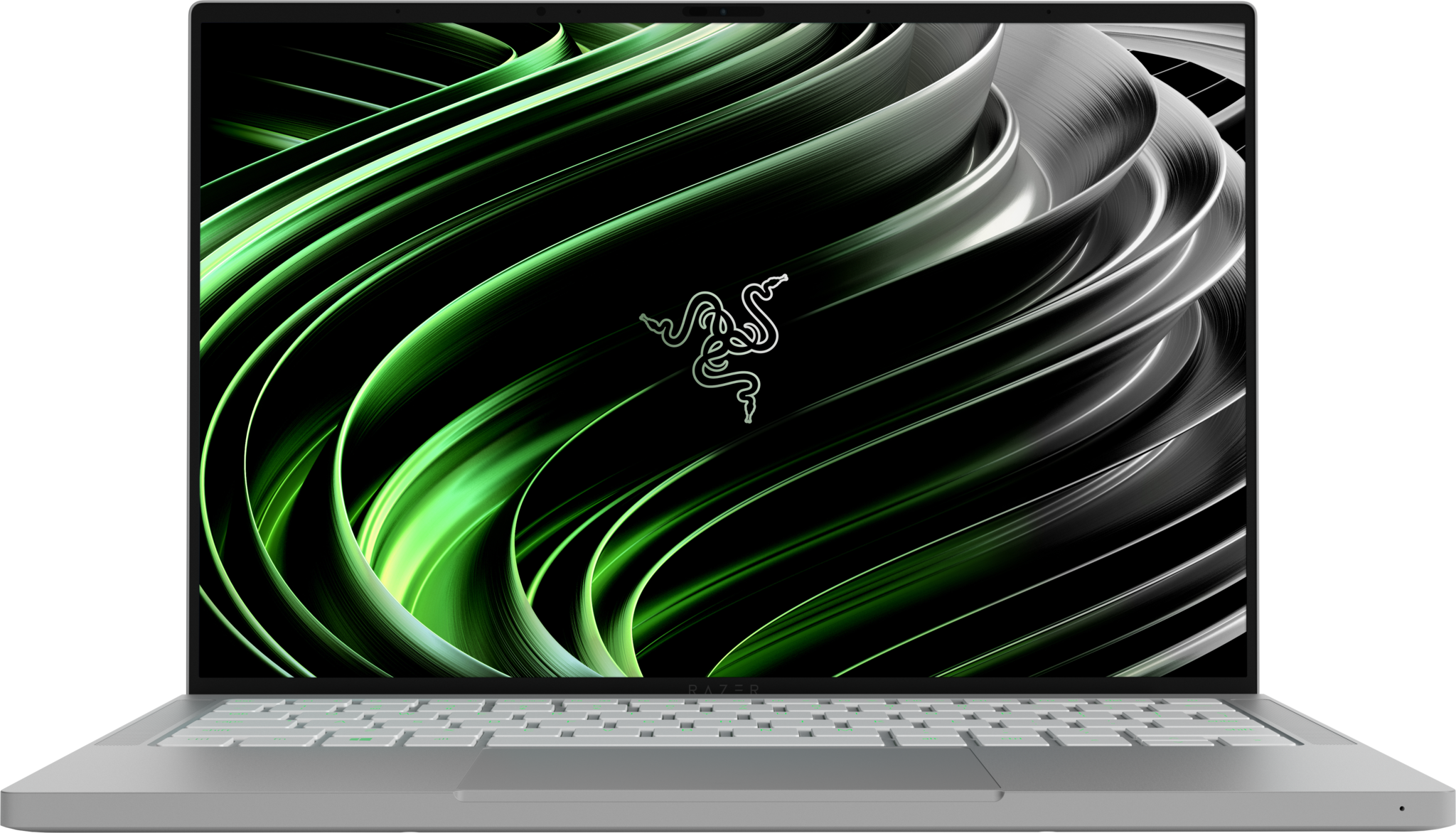New Razer Book 13 variant brings big storage at a smaller price
The highly-rated Razer Book 13 just gained a new option with 512GB of storage alongside an FHD display.

What you need to know
- Razer just launched a new variant of its Razer Book 13.
- The new variant has a 13.4-inch FHD touch display, an 11th Gen Intel Core i7 processor, 16GB of RAM, and 512GB of SSD storage.
- It's available starting today at $1,699.
The Razer Book 13, Razer's first non-gaming laptop, stormed onto the scene with an excellent design, a stunning display, and an overall build that competes with the likes of the Dell XPS 13. In his Razer Book 13 review, our executive editor Daniel Rubino called the Razer Book 13 "arguably the best Windows Ultrabook of 2020." It also quickly earned a spot on our list of the best Windows laptops. Starting today, there's an additional variant of the Razer Book 13 that makes it more affordable to get more storage.
The new variant of the Razer Book 13 has a 13.4-inch FHD touch display, an Intel Core i7-1165G7 CPU, 16GB of DDR4 memory, and a 512GB SSD. It's available for $1,699 starting today.
The latest version of the Razer Book 13 sits between the Intel Core i7 version with 16GB of RAM and 256GB of storage ($1,600) and the top-of-the-line model with a 4K display, Intel Core i7 processor, 16GB of RAM, and 512GB of storage ($2,000). The new option is a more affordable way to bump up to 512GB of storage at the cost of having an FHD display instead of a 4K screen.
Having "only" an FHD display shouldn't be much of a drawback for most people. In his review, Rubino explains why the FHD screen is a good option.
Most people should go with the full HD touch model. The 13.4-inch screen is one of the best I've used, and the benefit at 4K at this size is reserved only for pros who really need such a high resolution for work-related tasks. Full HD at this size, aspect, and this quality doesn't even show the pixels.
This new model looks like a solid option if you need a lot of storage but don't want to spend $2,000 on a Razer Book 13.
All the latest news, reviews, and guides for Windows and Xbox diehards.

Sean Endicott is a news writer and apps editor for Windows Central with 11+ years of experience. A Nottingham Trent journalism graduate, Sean has covered the industry’s arc from the Lumia era to the launch of Windows 11 and generative AI. Having started at Thrifter, he uses his expertise in price tracking to help readers find genuine hardware value.
Beyond tech news, Sean is a UK sports media pioneer. In 2017, he became one of the first to stream via smartphone and is an expert in AP Capture systems. A tech-forward coach, he was named 2024 BAFA Youth Coach of the Year. He is focused on using technology—from AI to Clipchamp—to gain a practical edge.

